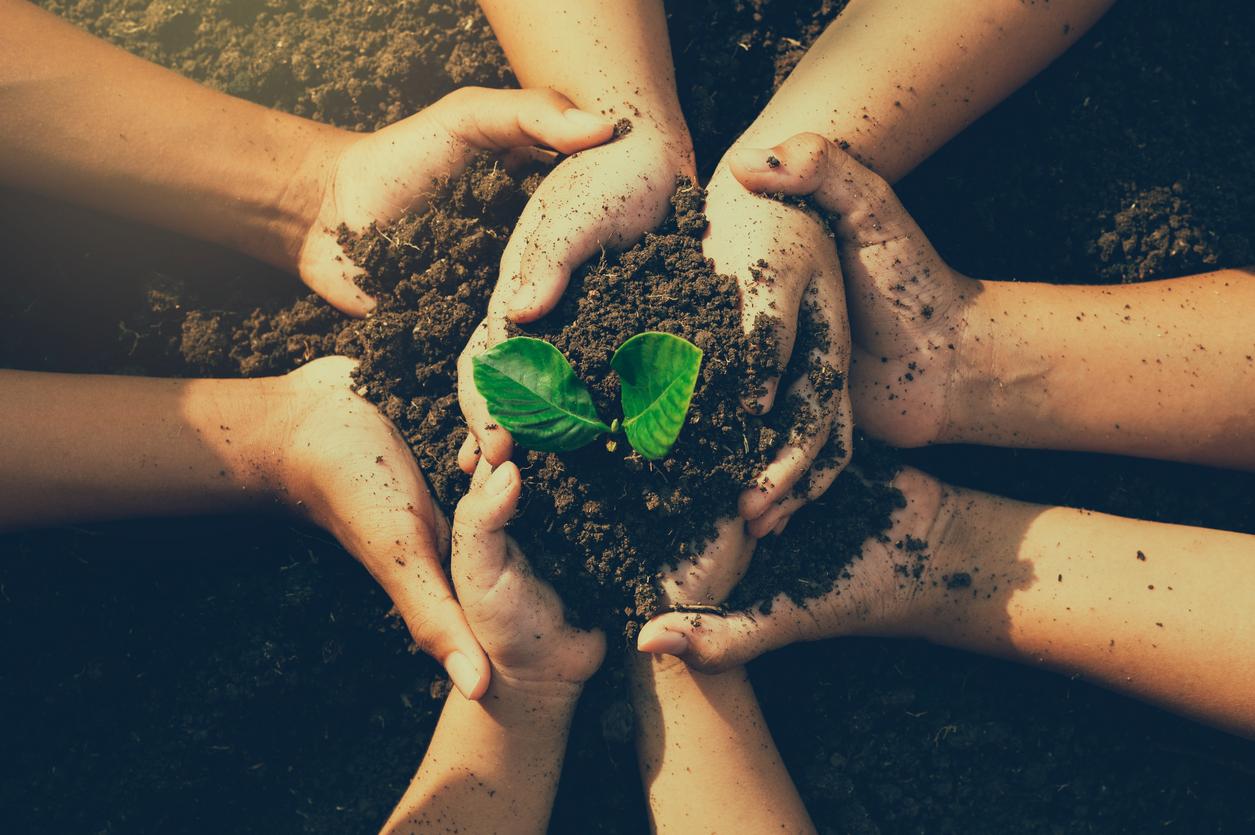How veritree Is Helping Restore Our Planet

Disponible en anglais seulement
With earth day upon us, May Lim sat down with David Luba, co-founder of veritree, which connects businesses with verified tree-planting projects to restore our planet and an important partner in BMO's Trees from Trades Initiative.
Listen to May and David dive into veritree's mission, the underlying technology, and the importance of this verifiability in directing capital toward nature-based solutions.
In this episode:

The strategy behind veritree planting more than a hundred-million trees

How veritree is helping restore developing countries

Why coral reef is incredible for biodiversity

How the technology veritree uses allow them to monitor projects for up to 25 years
Sustainability Leaders podcast is live on all major channels including Apple, Google and Spotify.